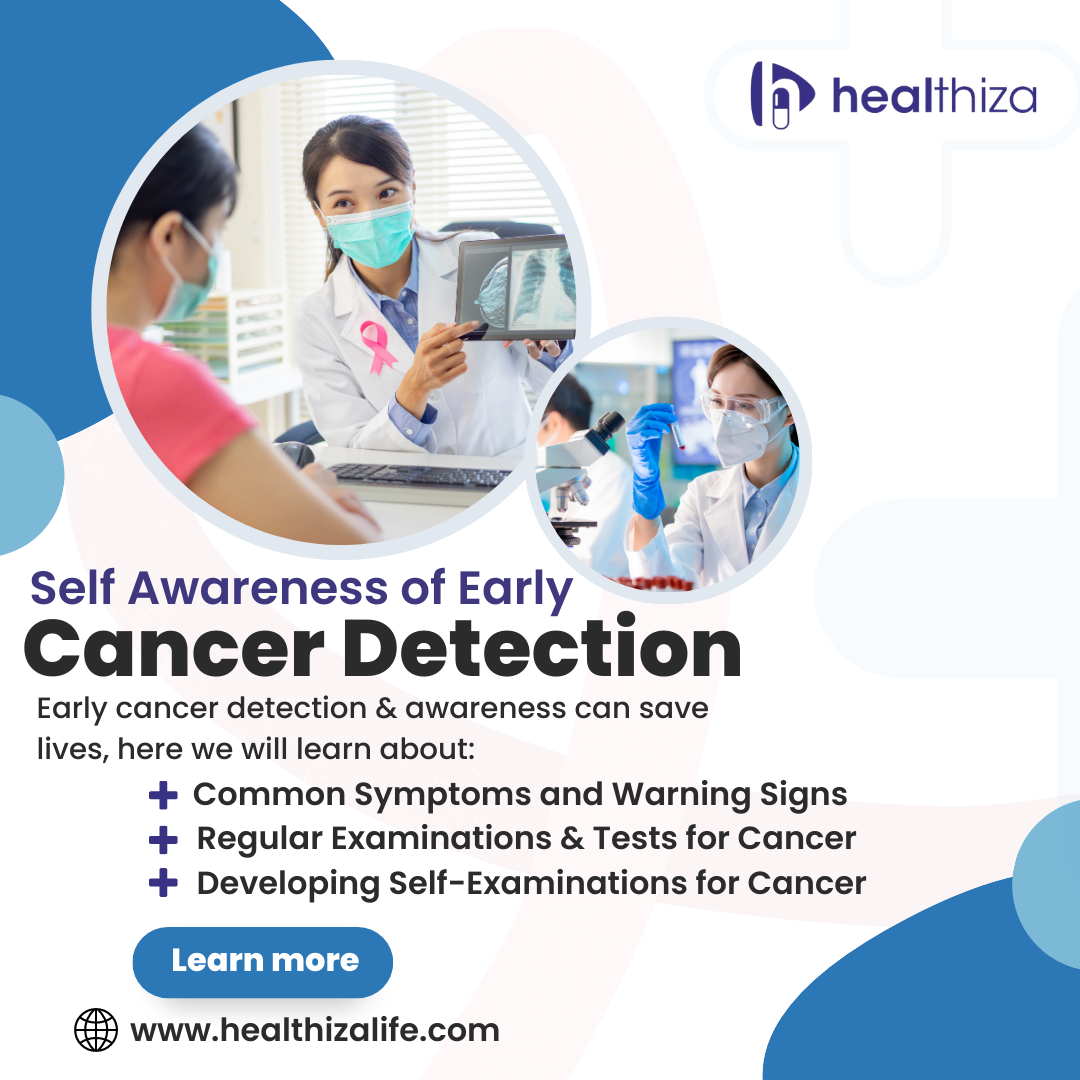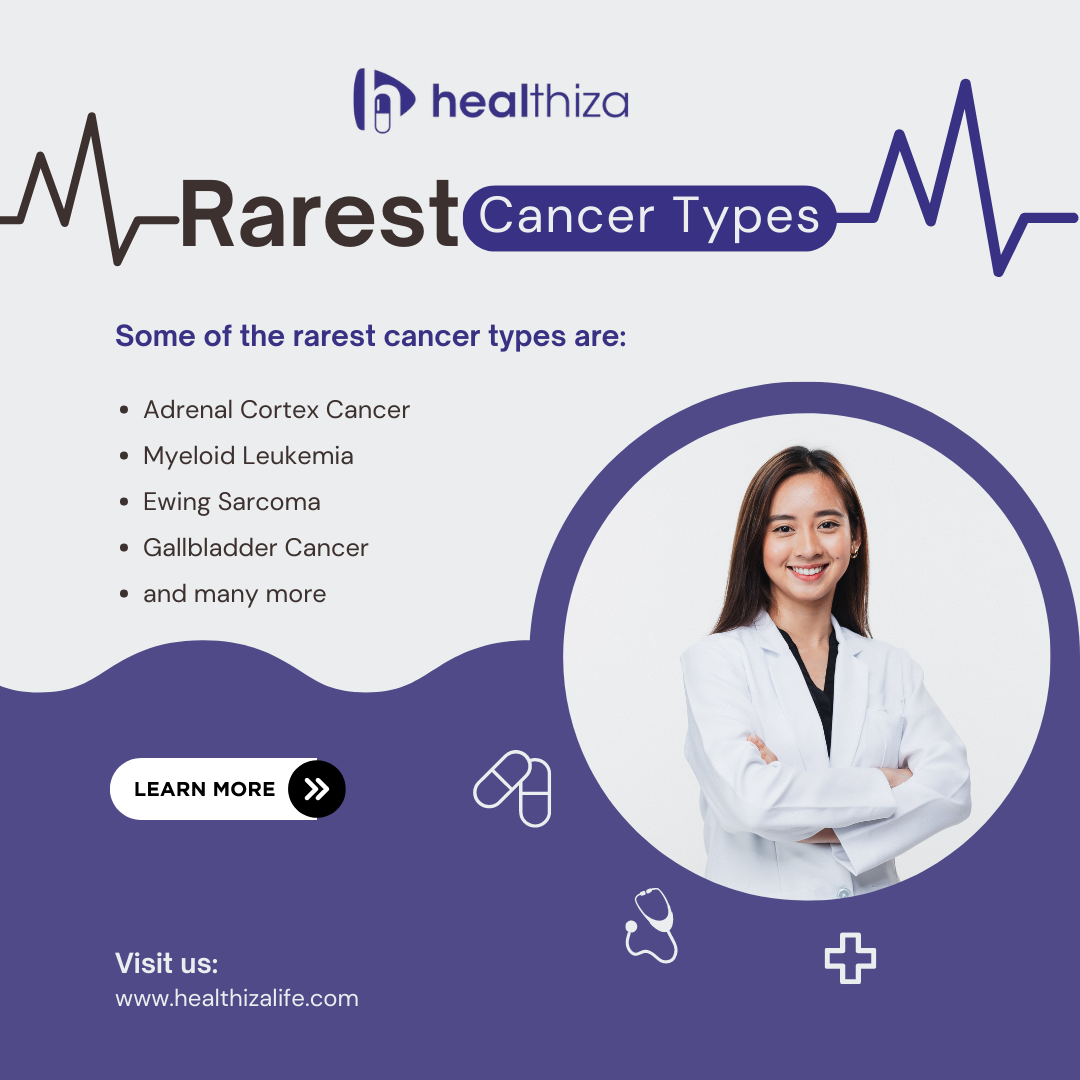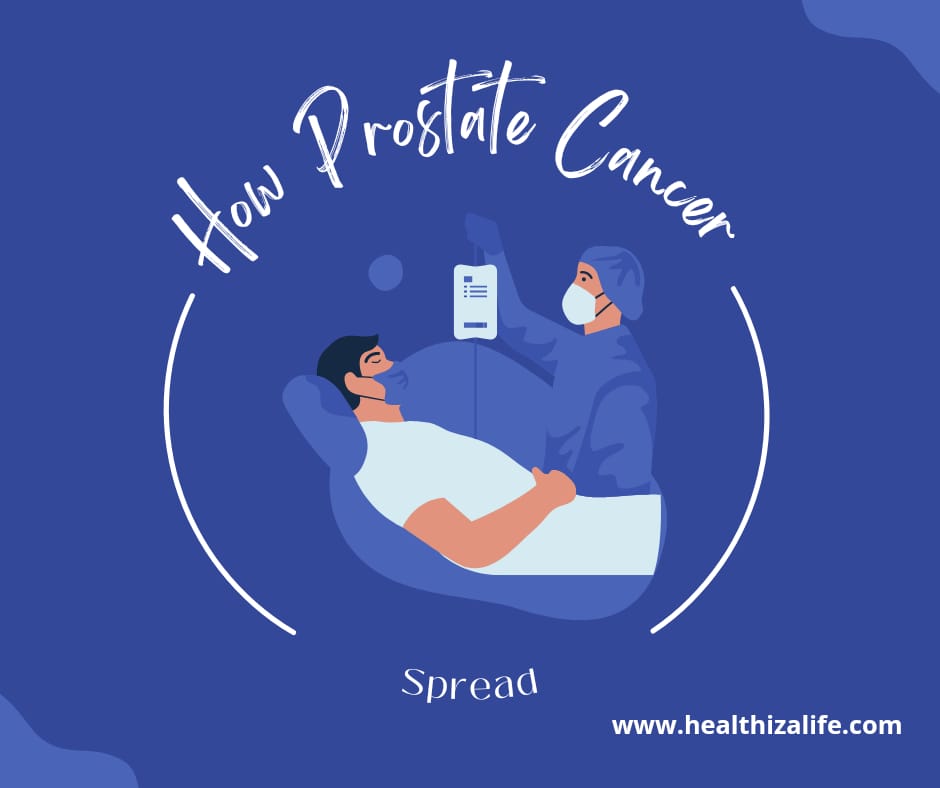What is Stage 4 Cancer?
What is the Survival Rate in Stage 4 Cancer?
Stage 4 cancer is the most advanced stage of cancer. It is also known as metastatic cancer. At this stage, cancer cells have spread from the primary tumour to other parts of the body through the bloodstream or lymphatic system. This process is called metastasis.
In stage 4 cancer, the disease may have spread to distant organs or tissues, making it more difficult to treat. Treatment options for stage 4 cancer often focus on managing symptoms, slowing the progression of the disease, and improving quality of life rather than attempting to cure the cancer completely. However, depending on the type of cancer and individual factors, treatments such as chemotherapy, radiation therapy, targeted therapy, immunotherapy, and surgery may still be considered to help control the cancer and prolong survival.
How Do Doctors Stage Cancer?
Doctors use a process called staging to determine the extent of cancer within the body, which helps guide treatment decisions and provides information about prognosis. The staging system varies depending on the type of cancer but generally includes several key components:
Tumour size: The size of the primary tumour is often a factor in staging. Tumours are typically measured in centimetres and may be described as T1, T2, T3, etc., with higher numbers indicating larger tumours.
Lymph node involvement: Cancer cells can spread to nearby lymph nodes, which are part of the body’s immune system. The presence or absence of cancer in nearby lymph nodes is an important factor in staging and is often denoted as N0 (no lymph node involvement) or N1, N2, N3, etc., depending on the number and location of affected lymph nodes.
Metastasis: Metastasis refers to the spread of cancer to distant organs or tissues beyond the primary site. The presence or absence of metastasis is a crucial factor in determining the stage of cancer. Metastasis is typically denoted as M0 (no distant metastasis) or M1 (presence of distant metastasis).
Grade: It refers to how abnormal the cancer cells appear under a microscope and how quickly the cancer is likely to spread. Tumors are often graded on a scale from 1 to 4, with lower grades indicating slower-growing, less aggressive cancers and higher grades indicating faster-growing, more aggressive cancers.
Biomarkers: In some cases, specific biomarkers or genetic mutations may be associated with certain types of cancer and can provide additional information for staging and treatment decisions.
Once these factors are assessed, doctors use a staging system to categorize cancer into different stages. The most commonly used staging system for solid tumours is the TNM system, which combines information about the size and extent of the primary tumour (T), the involvement of nearby lymph nodes (N), and the absence or presence of distant metastasis (M).
Staging systems may vary depending on the type of cancer, and some cancers have their unique staging systems. Staging is typically determined through a combination of physical examination, imaging tests (such as CT scans, MRIs, or PET scans), biopsy results, and other diagnostic procedures.
Stage 4 Cancer Symptoms
The symptoms of stage 4 cancer can vary depending on the type and location of the cancer, as well as the organs or tissues affected by metastasis. Here are some common symptoms that may occur in stage 4 cancer:
Persistent pain:
Pain can occur in the area of the primary tumour or in areas where cancer has spread (metastasized), such as bones, liver, or lungs. The pain may be dull, aching, or sharp and may worsen over time.
Fatigue:
Feeling extremely tired or lacking energy is a common symptom of advanced cancer. It may not improve with rest and affect your daily activities.
Weight loss:
Unintentional weight loss can occur in stage 4 cancer due to factors such as decreased appetite, changes in metabolism, or cancer-related cachexia (muscle wasting).
Loss of appetite:
Changes in appetite, including a decreased desire to eat or feeling full after eating small amounts, can occur in advanced cancer.
Difficulty swallowing:
Depending on the location of the cancer, difficulty swallowing (dysphagia) may occur, leading to pain or discomfort while eating or drinking.
Swelling or lumps:
Swelling (oedema) in the affected area or the development of lumps or masses may occur due to the growth of the primary tumour or metastatic tumours.
Shortness of breath:
Cancer that has spread to the lungs or other areas near the airways can cause shortness of breath or difficulty breathing.
Changes in bowel or bladder habits:
Symptoms such as constipation, diarrhoea, blood in the stool, or changes in urinary frequency or urgency may occur if cancer affects the gastrointestinal or genitourinary tract.
Neurological symptoms:
Depending on the location of metastasis, stage 4 cancer may cause neurological symptoms such as headaches, weakness, numbness, or changes in coordination.
Jaundice:
Yellowing of the skin and eyes (jaundice) may occur if cancer affects the liver or bile ducts, leading to symptoms such as dark urine, pale stools, and itching.
Cognitive changes:
Metastasis in the brain may cause symptoms such as headaches, seizures, confusion, memory problems, or personality changes.
If you or someone you know is experiencing symptoms that may indicate stage 4 cancer, it’s important to consult a healthcare provider for evaluation and appropriate management. Early detection and treatment can help improve outcomes and quality of life for individuals with advanced cancer.
How is Stage 4 Cancer Typically Treated?
The treatment of stage 4 cancer varies depending on the type of cancer, its location, the extent of spread, and the overall health and preferences of the patient. Generally, the goals of treatment for stage 4 cancer are to manage symptoms, slow the progression of the disease, improve quality of life, and possibly prolong survival. Treatment options may include:
Chemotherapy:
Chemotherapy involves the use of drugs to kill cancer cells or stop them from growing. It is often used in stage 4 cancer to shrink tumours, relieve symptoms, and slow the spread of the disease. Chemotherapy can be administered orally, intravenously, or directly into the affected area, depending on the type of cancer.
Radiation therapy:
High-energy rays or particles are used to prevent cancer cells in this therapy. It may be used to shrink tumours, relieve pain, or control symptoms of stage 4 cancer. Radiation therapy can be targeted at specific areas of the body where the cancer has spread, such as bones or the brain.
Targeted therapy:
Targeted therapy drugs are designed to target specific abnormalities in cancer cells that allow them to grow and spread. These drugs may be used in stage 4 cancer to block the action of specific molecules involved in cancer growth, such as proteins or enzymes. Targeted therapy can be particularly effective in certain types of cancer, such as breast cancer, lung cancer, and melanoma.
Immunotherapy:
In this system body’s immune system identifies and attacks cancer cells. It may be used in stage 4 cancer to boost the immune response against the cancer and help control the disease. Immunotherapy drugs, such as checkpoint inhibitors and CAR-T cell therapy, are being increasingly used in the treatment of advanced cancers.
Surgery:
In some cases of stage 4 cancer, surgery may be used to remove the primary tumour or relieve symptoms caused by cancer, such as blockages or bleeding. Surgery may also be used to remove metastatic tumours in certain situations, such as isolated metastases in the liver or lungs.
Palliative care:
Palliative care focuses on relieving symptoms and improving the quality of life for patients with advanced cancer. It may include treatments such as pain management, medication for nausea and vomiting, nutritional support, and emotional support for patients and their families.
Treatment decisions for stage 4 cancer are often made on a case-by-case basis, taking into account the individual characteristics of the cancer and the patient’s overall health and preferences. Patients need to discuss their treatment options with their healthcare team to develop a personalized treatment plan that aligns with their goals and values.
Average Survival Rate for Stage 4 Cancer
The average survival rate for people with stage 4 cancer varies widely depending on several factors, including the type of cancer, its location, the extent of spread, the overall health of the patient, and the effectiveness of treatment
Five-Year Survival Rates for Distant (Stage 4) Cancer
Cancer Type Relative 5-Year Survival Rate
- Leukaemia 65.7%
- Non-Hodgkin lymphoma 63.9%
- Thyroid 53.3%
- Prostate 32.3%
- Melanoma (skin) 31.9%
- Breast (female) 30.0%
- Uterine (endometrial) 18.4%
- Kidney, renal pelvic 15.3%
- Colon and rectal 15.1%
- Bladder 7.7%
- Lung and bronchus 7.0%
- Pancreatic 3.1%
For some types of cancer, such as certain metastatic breast cancers and testicular cancers, advancements in treatment options have led to longer survival times, with some patients living for many years with stage 4 disease. However, for other types of cancer, such as pancreatic cancer and certain types of lung cancer, the prognosis for stage 4 disease remains poor, with shorter survival times.
Conclusion
The prognosis for stage 4 cancer varies greatly depending on factors such as the type and location of the cancer, the overall health of the patient, and the response to treatment. It is generally considered more challenging to treat than earlier stages of cancer, but advances in medical technology and treatment options have improved outcomes for some patients with stage 4 cancer.
Also Read,

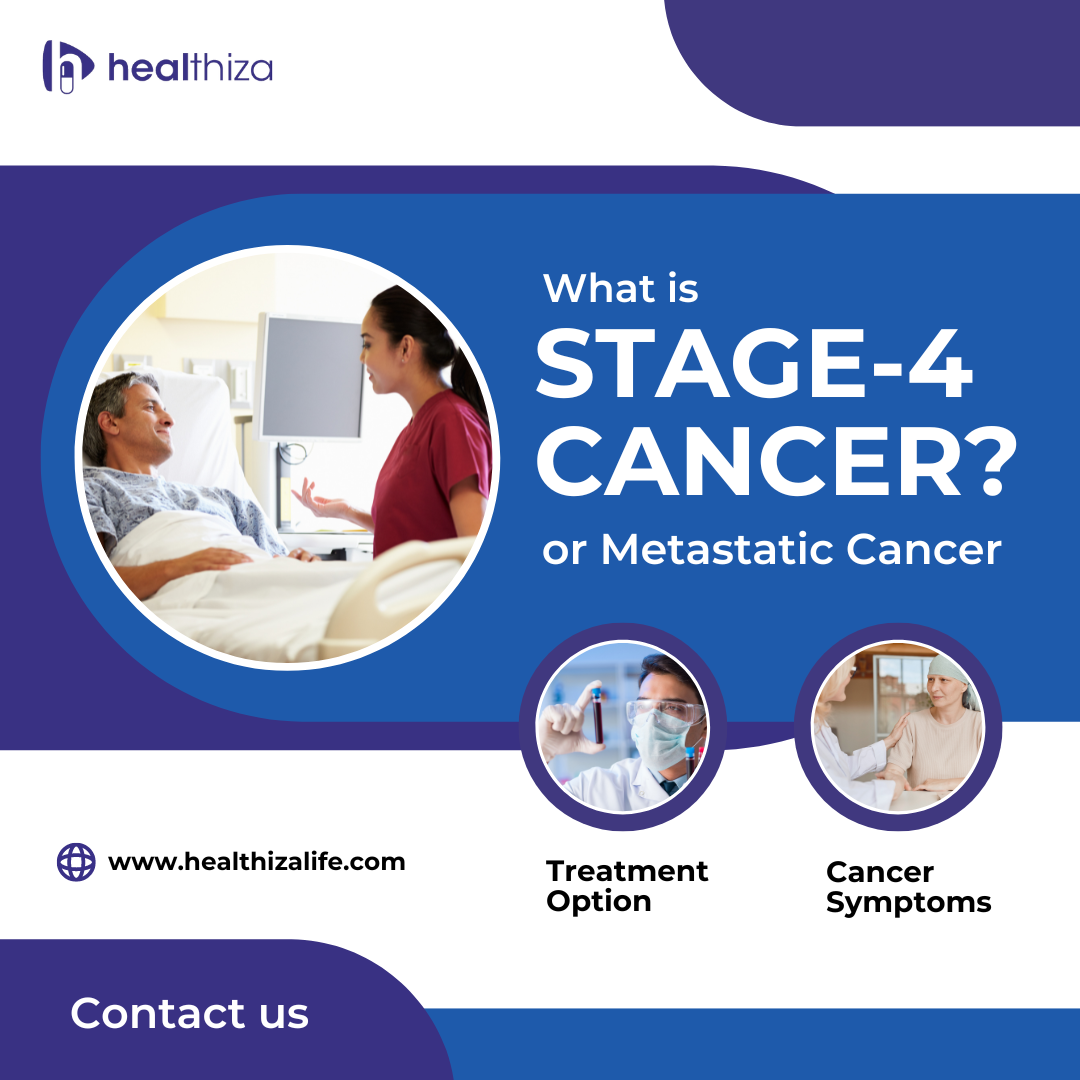





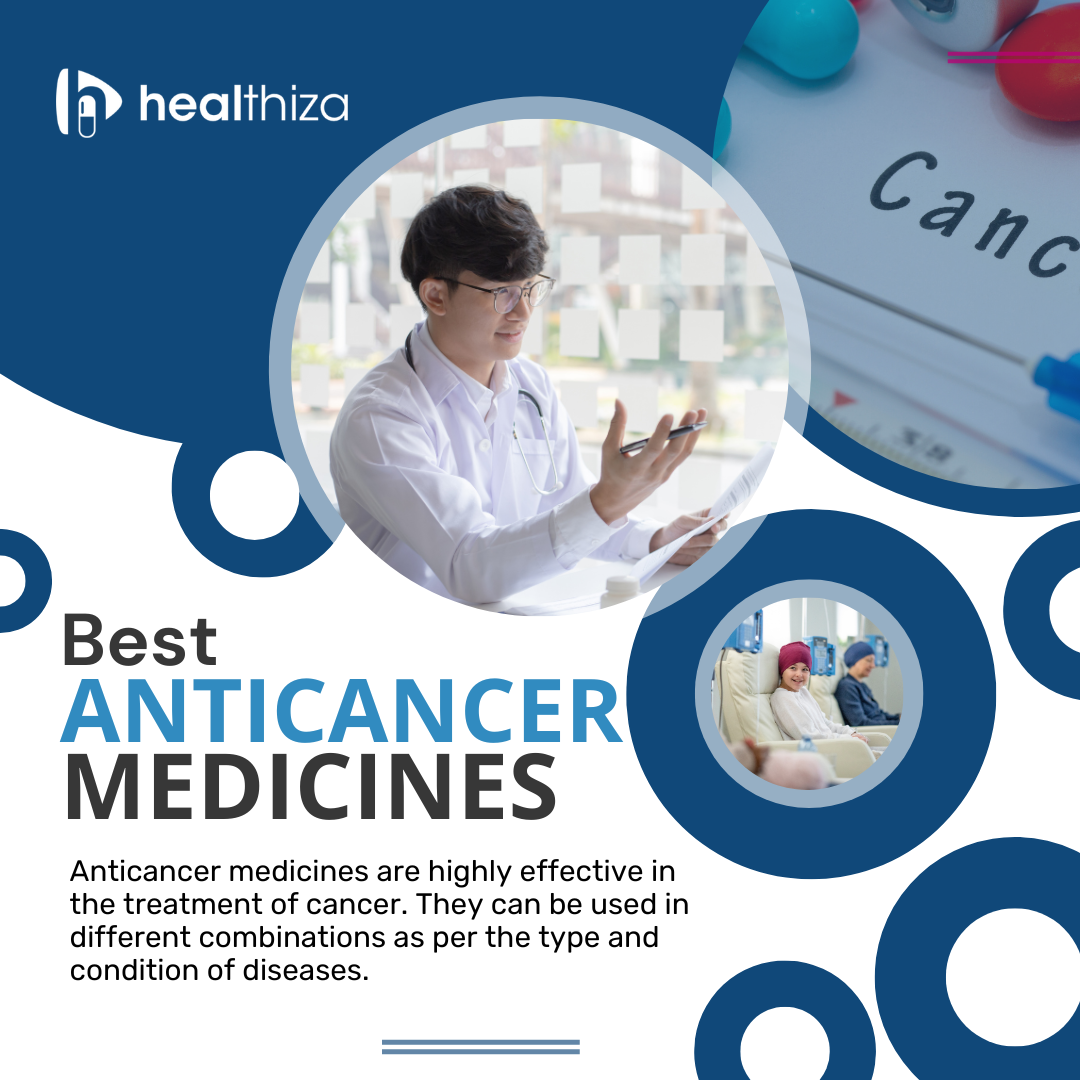
 Bevacizumab Injection is a cancer-fighting medicine. It’s used to treat colon and rectum cancers, as well as non-small cell lung cancer, kidney cancer, brain tumours, and ovarian and cervical cancers. It helps to halt tumour growth by preventing the creation of new blood vessels that feed tumours. When used with other cancer medications, bevacizumab Injection is an excellent first-line choice.
Bevacizumab Injection is a cancer-fighting medicine. It’s used to treat colon and rectum cancers, as well as non-small cell lung cancer, kidney cancer, brain tumours, and ovarian and cervical cancers. It helps to halt tumour growth by preventing the creation of new blood vessels that feed tumours. When used with other cancer medications, bevacizumab Injection is an excellent first-line choice.  Trastuzumab injection is a type of anticancer medicine that is used to treat some types of breast, stomach, and esophageal cancers. It is sometimes used in conjunction with other cancer drugs. This medicine is used to treat cancers that produce an excessive amount of a chemical known as HER2 protein. It is a drug that works by slowing or preventing the growth of cancer cells. It is occasionally used when cancer has spread to other places of the body.
Trastuzumab injection is a type of anticancer medicine that is used to treat some types of breast, stomach, and esophageal cancers. It is sometimes used in conjunction with other cancer drugs. This medicine is used to treat cancers that produce an excessive amount of a chemical known as HER2 protein. It is a drug that works by slowing or preventing the growth of cancer cells. It is occasionally used when cancer has spread to other places of the body. 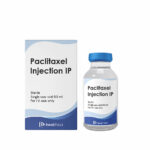 Paclitaxel Injection is an effective anticancer medicine. It is used to treat Breast, Pancreatic, and non-small cell Lung cancer. This medication can be used alone or in conjunction with other drugs or treatments such as chemotherapy. It improves breast cancer symptoms such as breast lumps, bloody nipple discharge, and changes in the form or texture of the breast. Paclitaxel Injection destroys or slows the tumour growth while also preventing them from multiplying.
Paclitaxel Injection is an effective anticancer medicine. It is used to treat Breast, Pancreatic, and non-small cell Lung cancer. This medication can be used alone or in conjunction with other drugs or treatments such as chemotherapy. It improves breast cancer symptoms such as breast lumps, bloody nipple discharge, and changes in the form or texture of the breast. Paclitaxel Injection destroys or slows the tumour growth while also preventing them from multiplying.  Bortezomib injection is an anticancer medicine that is used to treat multiple myeloma and mantle-cell lymphoma. It works by preventing or decreasing protein degradation in cells. As a result, the number of proteins in cancer cells increases, leading to their elimination.
Bortezomib injection is an anticancer medicine that is used to treat multiple myeloma and mantle-cell lymphoma. It works by preventing or decreasing protein degradation in cells. As a result, the number of proteins in cancer cells increases, leading to their elimination.  Abiraterone Acetate Tablets are a cancer-fighting drug. It works by suppressing the generation of androgen (male hormone) in men to treat prostate cancer that has progressed to other parts of the body. It is prescribed for men who are unable to treat their prostate cancer with surgeries or other medications. Abiraterone acts by inhibiting the production of androgen in the body. Androgens are man hormones that can encourage prostate gland tumour growth.
Abiraterone Acetate Tablets are a cancer-fighting drug. It works by suppressing the generation of androgen (male hormone) in men to treat prostate cancer that has progressed to other parts of the body. It is prescribed for men who are unable to treat their prostate cancer with surgeries or other medications. Abiraterone acts by inhibiting the production of androgen in the body. Androgens are man hormones that can encourage prostate gland tumour growth.  Dasatinib tablet is used to treat blood cancer (chronic myeloid leukemia-CML, acute lymphoblastic leukemia-ALL). It is used in people whose condition has not responded to existing leukaemia medicines or who are unable to use these medications due to side effects. It works by stopping or preventing cancer cell proliferation.
Dasatinib tablet is used to treat blood cancer (chronic myeloid leukemia-CML, acute lymphoblastic leukemia-ALL). It is used in people whose condition has not responded to existing leukaemia medicines or who are unable to use these medications due to side effects. It works by stopping or preventing cancer cell proliferation.  It is used in the treatment of Breast cancer, Pancreatic cancer, Lung cancer and Kidney cancer. Moreover, it is also used to control the immune system during organ transplantation. A transplanted organ, such as a liver or kidney, can potentially be attacked or “rejected” by the immune system. Because the immune system considers the new organ as an invader. Everolimus tablet is used to keep organs from rejecting following a kidney or liver transplant. It controls the immune response of the body so that the new organ can be accepted.
It is used in the treatment of Breast cancer, Pancreatic cancer, Lung cancer and Kidney cancer. Moreover, it is also used to control the immune system during organ transplantation. A transplanted organ, such as a liver or kidney, can potentially be attacked or “rejected” by the immune system. Because the immune system considers the new organ as an invader. Everolimus tablet is used to keep organs from rejecting following a kidney or liver transplant. It controls the immune response of the body so that the new organ can be accepted.  Erlotinib tablet is used to cure certain types of non-small cell lung cancer that have progressed to neighbouring tissues in patients who have failed to respond to at least one other chemotherapy medicine. It is also used in conjunction with another drug “gemcitabine” to cure pancreatic cancer that has progressed to neighbouring tissues or other parts of the body and is resistant to surgery. It works by preventing cancer cells from multiplying by stopping the action of an aberrant protein. This slows or stops cancer cells from spreading.
Erlotinib tablet is used to cure certain types of non-small cell lung cancer that have progressed to neighbouring tissues in patients who have failed to respond to at least one other chemotherapy medicine. It is also used in conjunction with another drug “gemcitabine” to cure pancreatic cancer that has progressed to neighbouring tissues or other parts of the body and is resistant to surgery. It works by preventing cancer cells from multiplying by stopping the action of an aberrant protein. This slows or stops cancer cells from spreading. 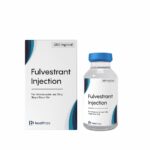 Fulvestrant injection is often used alone or in combination with other medications to treat advanced breast cancer or breast cancer that has spread to other parts of the body in women who have gone through menopause and have not been treated with an anti-estrogen medication like tamoxifen.
Fulvestrant injection is often used alone or in combination with other medications to treat advanced breast cancer or breast cancer that has spread to other parts of the body in women who have gone through menopause and have not been treated with an anti-estrogen medication like tamoxifen. 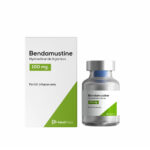 Bendamustine injection is used to treat chronic lymphocytic leukaemia (CLL) (CLL; a type of cancer of the white blood cells). It is also used to treat a kind of slow-spreading non-Hodgkins lymphoma (NHL: cancer that starts in a type of white blood cell that ordinarily fights infection) that has worsened during or after therapy with another drug. This injection can be used alone as well as in conjunction with other medications as part of a chemotherapy treatment plan. It works by eliminating existing cancer cells and stopping new cancer cells from growing.
Bendamustine injection is used to treat chronic lymphocytic leukaemia (CLL) (CLL; a type of cancer of the white blood cells). It is also used to treat a kind of slow-spreading non-Hodgkins lymphoma (NHL: cancer that starts in a type of white blood cell that ordinarily fights infection) that has worsened during or after therapy with another drug. This injection can be used alone as well as in conjunction with other medications as part of a chemotherapy treatment plan. It works by eliminating existing cancer cells and stopping new cancer cells from growing.  Cetuximab Injection is used to treat a kind of head and neck cancer that has progressed to neighbouring tissues or other sections of the body. It is also used to treat a form of colon (large intestine) or rectum cancer that has progressed to other parts of the body, either alone or in conjunction with other drugs. It helps to slow down or prevent cancer cell proliferation.
Cetuximab Injection is used to treat a kind of head and neck cancer that has progressed to neighbouring tissues or other sections of the body. It is also used to treat a form of colon (large intestine) or rectum cancer that has progressed to other parts of the body, either alone or in conjunction with other drugs. It helps to slow down or prevent cancer cell proliferation.  It is used in the treatment of chronic lymphocytic leukaemia (CLL; a form of white blood cell cancer) in individuals who have failed to improve after receiving at least one other treatment. Fludarabine injection belongs to the purine analogues class of drugs. It works by reducing or preventing cancer cell development in the body.
It is used in the treatment of chronic lymphocytic leukaemia (CLL; a form of white blood cell cancer) in individuals who have failed to improve after receiving at least one other treatment. Fludarabine injection belongs to the purine analogues class of drugs. It works by reducing or preventing cancer cell development in the body. 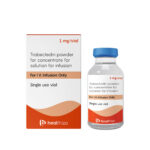 Trabectedin Injection is used in the treatment of liposarcoma (fat cell cancer) or leiomyosarcoma (smooth muscle cancer) that has migrated to other areas of the body and cannot be cured with surgery in persons who have already received specific chemotherapy drugs. It works by reducing or preventing cancer cell development in the body.
Trabectedin Injection is used in the treatment of liposarcoma (fat cell cancer) or leiomyosarcoma (smooth muscle cancer) that has migrated to other areas of the body and cannot be cured with surgery in persons who have already received specific chemotherapy drugs. It works by reducing or preventing cancer cell development in the body.  Procarbazine Capsule is used in the treatment of Hodgkin’s disease, commonly known as Hodgkin’s lymphoma. It functions by preventing the creation of proteins, RNA, and DNA, which is helpful in halting the expansion of cancer cells within the body.
Procarbazine Capsule is used in the treatment of Hodgkin’s disease, commonly known as Hodgkin’s lymphoma. It functions by preventing the creation of proteins, RNA, and DNA, which is helpful in halting the expansion of cancer cells within the body.  Gefitinib Tablets is a non-steroidal anti-inflammatory drug (NSAID) that is used to treat cell lung cancer. It is a type of anticancer medicines that prevents cancer cells from growing and spreading in the body. It’s utilised in people who have cancer that’s progressed to other parts of their bodies, have faulty epidermal growth factor receptor (EGFR) genes, and haven’t had previous cancer treatment.
Gefitinib Tablets is a non-steroidal anti-inflammatory drug (NSAID) that is used to treat cell lung cancer. It is a type of anticancer medicines that prevents cancer cells from growing and spreading in the body. It’s utilised in people who have cancer that’s progressed to other parts of their bodies, have faulty epidermal growth factor receptor (EGFR) genes, and haven’t had previous cancer treatment. 